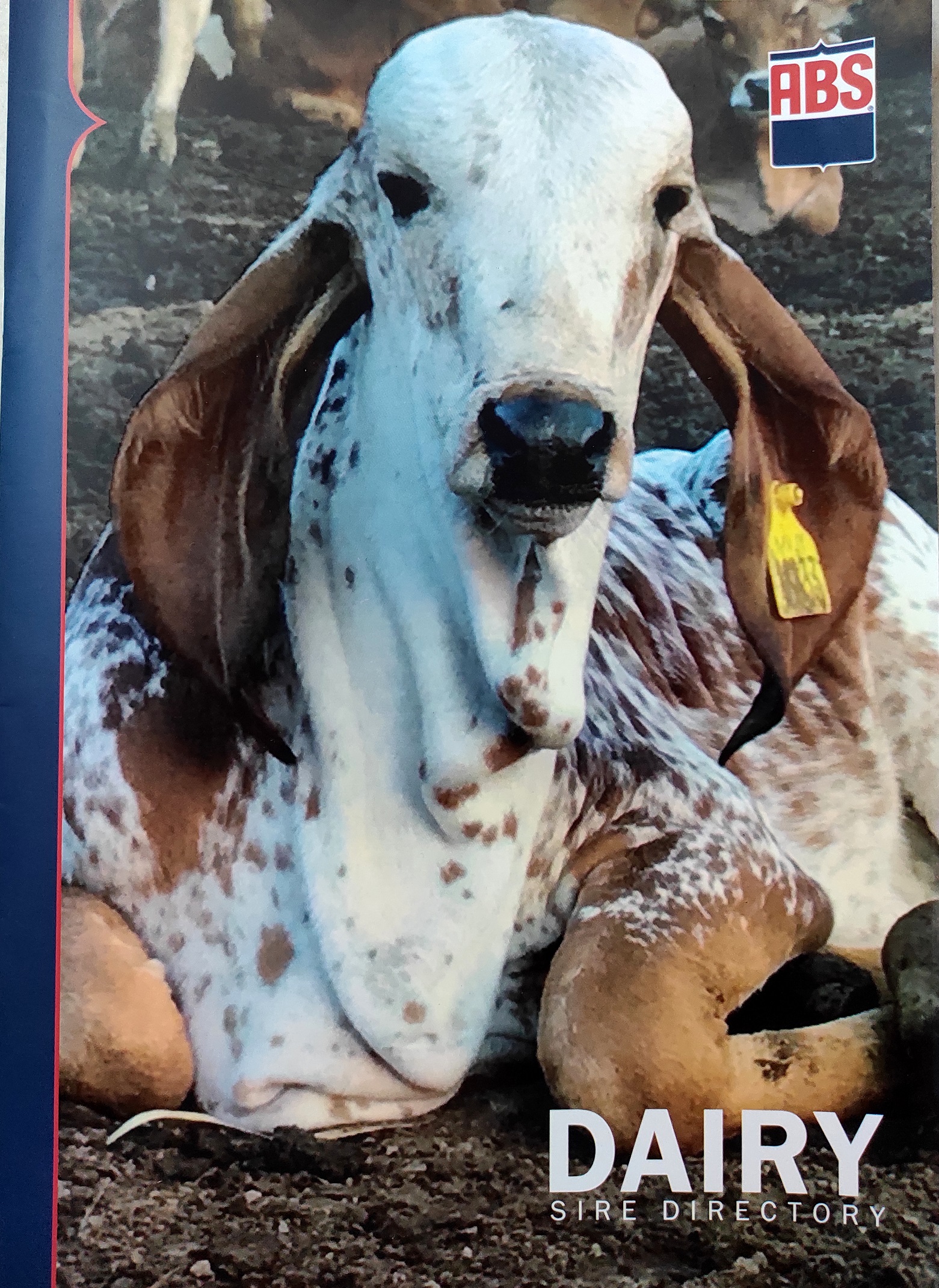Use of Sexed Semen in Dairy Animals
>Cattle Reproductio
Use of Sexed Semen in Dairy Animals
Introduction
The sperm concentration in cow semen is 200 to 2000 million sperms per ml and bull gives 5 to 10 ml of semen and for artificial insemination we need 15 million spermatozoa. So from one ejaculate we can inseminate many cows. The semen can be diluted in semen diluter and shipped at 4°C. At 4° C it can be used for a week. Thus a better bull can be used on several cows. In India this had been used from 1950.
However, the use of liquid nitrogen has given very long life to spermatozoa (over 30 years). With increase means of transport and harmless liquid nitrogen in nitrogen container the semen can be transported anywhere in world.
This has meant the availability of North American and European high milk producing cows all over world. Semen in liquid nitrogen also known as deep frozen semen has been used in India from 1970. However, its use was limited, it was beyond the reach of common farmer. It became very popular in 90s. During this period the cross bred cow were very popular.
At this time agriculture was not mechanized and it was thought that keeping of pure Jersey and Holstein is not possible. Cross hence breeding was popular for some time but in absence of progeny tested bulls the cross bred cows were crossed with the pure progeny tested bulls, hence the pure Holstein were evolved.
As the agriculture was mechanized so bullock were not needed and with better management, disease control and vaccination it was possible to maintain the high yielding exotic cows. These cow’s has capacity to produce over 30 liters of milk per day, hence very profitable.
The pure breed Holstein production got further boost with the supply of imported Holstein and jersey semen by American Breeding Association of India (ABS) since 2012. However, the production of male calves has been big problem due to ban on cow slaughter.
With the advent of supply of sexed semen this problem may be solved in time to come. The details of production of sexed semen are as follows. The semen from bull contains two type of sperms. The X and Y type. X is responsible production of female calves and Y is responsible for male. The ratio of X and Y sperms is 50-50%. So the probability of birth of female calf is 50%. With the use of flow cytometery, it has been possible to separate X and Y spermatozoon by the United State Department of Agriculture (USAD) Livermore, California and Beltsville Maryland Patent as Beltsville Maryland Sperm Sexing Technology which is commercialize since 2001 and licensed as Sexing technology (ST) available in Europe, USA, Canada, Mexico, Chili and Japan and now in India since 2017.
This semen is from progeny tested bulls, can be used in in vitro fertilization for production of female embryo. Increasing herd strength, overcoming dystocia and removal of dead sperms. However, it is skilled work, costly and 50% sperms are destroyed sorting.
Problems of implementation
- High cost
- Conception rate 20 to 25% low
- Not available in all India states
- Not less than 10 doses are available, and each dose costs over one thousand rupees
Previously the semen was imported as import licence was needed so it was not within common reach. Now since 2017 Genus breeding India Pvt (India) is formed its address is – 406, Amar Neptune, 4th Floor Plot No. 45 A and 46, Baner Road, Baner, Pune 411045. 090201 31111/91-20-27293445 [email protected]
This is supplying semen in Bihar, Madhya Pradesh, Haryana, Punjab, Rajasthan, Tamil Nadu, Uttarpradesh, Karnataka, Maharashtra and West Bengal. They supply semen of indigenous breeds like Red Sindhi, Sahiwal, Murrha buffalo and Jersey, Holstein exotic breeds.
Advantages of sexed semen
- Cows produce over 30 liters/day, or 1000 liters/month.
- Replacement of herd quick.
- Sale of high producing cow is quick.
- Conception rate is high (in heifers).
- Cows do not suffer of mastitis (somatic cell count is low).
- Cows do not suffer of milk fever and ketosis.
- Milk is of A2 type.
- No problem of male calves.
